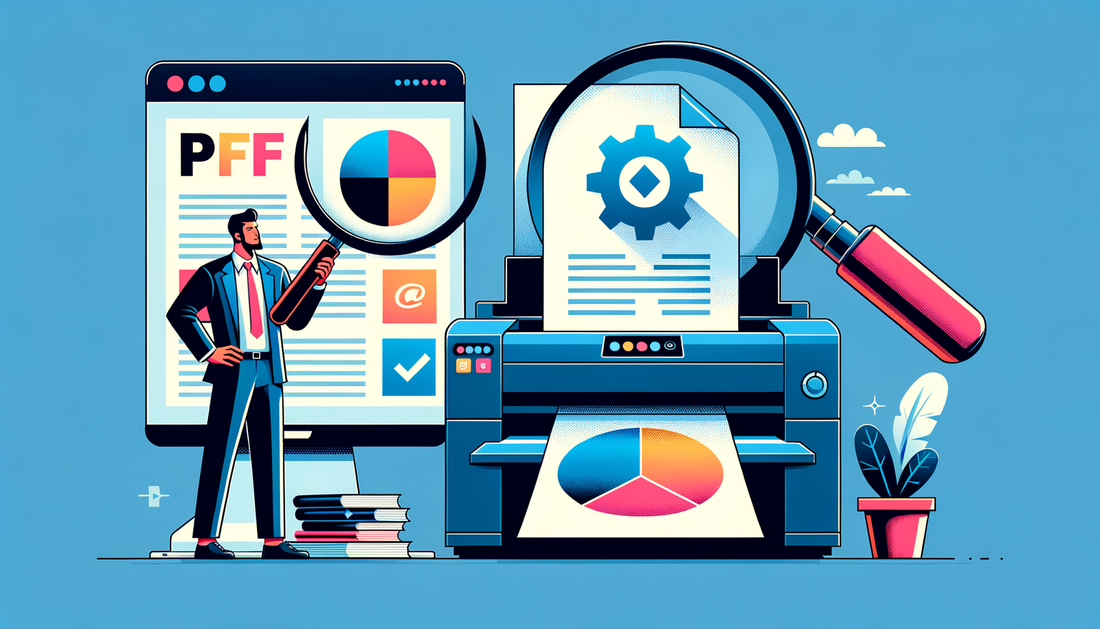A Beginner's Guide to Understanding Print File Formats
Tony Torres
A Beginner's Guide to Understanding Print File Formats
Welcome to the world of printing, where the quality of your final product greatly depends on the file format you choose. In this comprehensive guide, we'll explore the most common print file formats and help you understand which one is best for your project. Whether you're a budding designer or a business owner looking to create stunning printed materials, "A Guy With A Printer" has got you covered.
Why the Right Print File Format Matters
Choosing the correct print file format is crucial for several reasons. It affects the ease of handling your files, the printing process itself, and the quality of the final printed piece. Different formats store information in various ways, and understanding these differences is key to achieving the best results.
Vector vs. Raster: Understanding the Basics
Before diving into specific file formats, it's important to understand the difference between vector and raster images. Vector images are made up of paths and are scalable without losing quality, making them ideal for logos and typography. Raster images are composed of pixels and are best for photographs and detailed artwork.
Common Print File Formats Explained
PDF (Portable Document Format)
The PDF format is a versatile and widely accepted standard for print files. It preserves the fonts, images, graphics, and layout of any source document, regardless of the application and platform used to create it. PDFs are ideal for most printing tasks, especially when you need to ensure the document looks the same on any device or when it's printed.
TIFF (Tagged Image File Format)
TIFF files are preferred for high-quality print graphics. They support a wide range of color depths and can include layers and tags for additional information. This format is excellent for detailed images and photographs, as it doesn't compress the image, ensuring no quality is lost.
EPS (Encapsulated PostScript)
EPS is a vector format used for high-resolution images that will be printed on PostScript printers. It's a good choice for complex illustrations and graphics, as it can contain both vector and raster data. However, EPS files are less common now due to the rise of PDFs.
Tips for Preparing Your Print Files
When preparing your files for print, always consider the end use. High-resolution images are a must for large prints, while smaller items like business cards require less DPI (dots per inch). Always consult with your printer for their preferred specifications to ensure the best outcome.
Partnering with "A Guy With A Printer" for Your Printing Needs
At "A Guy With A Printer," we're dedicated to helping you bring your visions to life. Our team of experts can guide you through selecting the right file format for your project and ensure that your prints are of the highest quality.
Ready to start your printing journey? Contact us today to discuss your project, or visit our services page to learn more about what we offer. Let "A Guy With A Printer" be your partner in creating stunning printed materials that make an impact.
